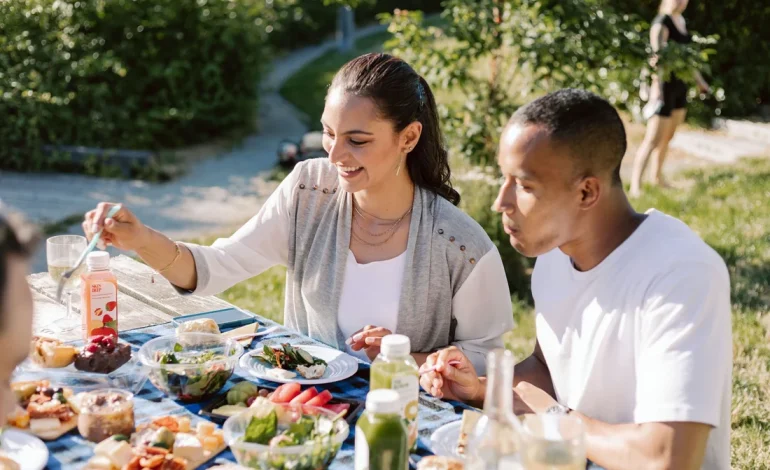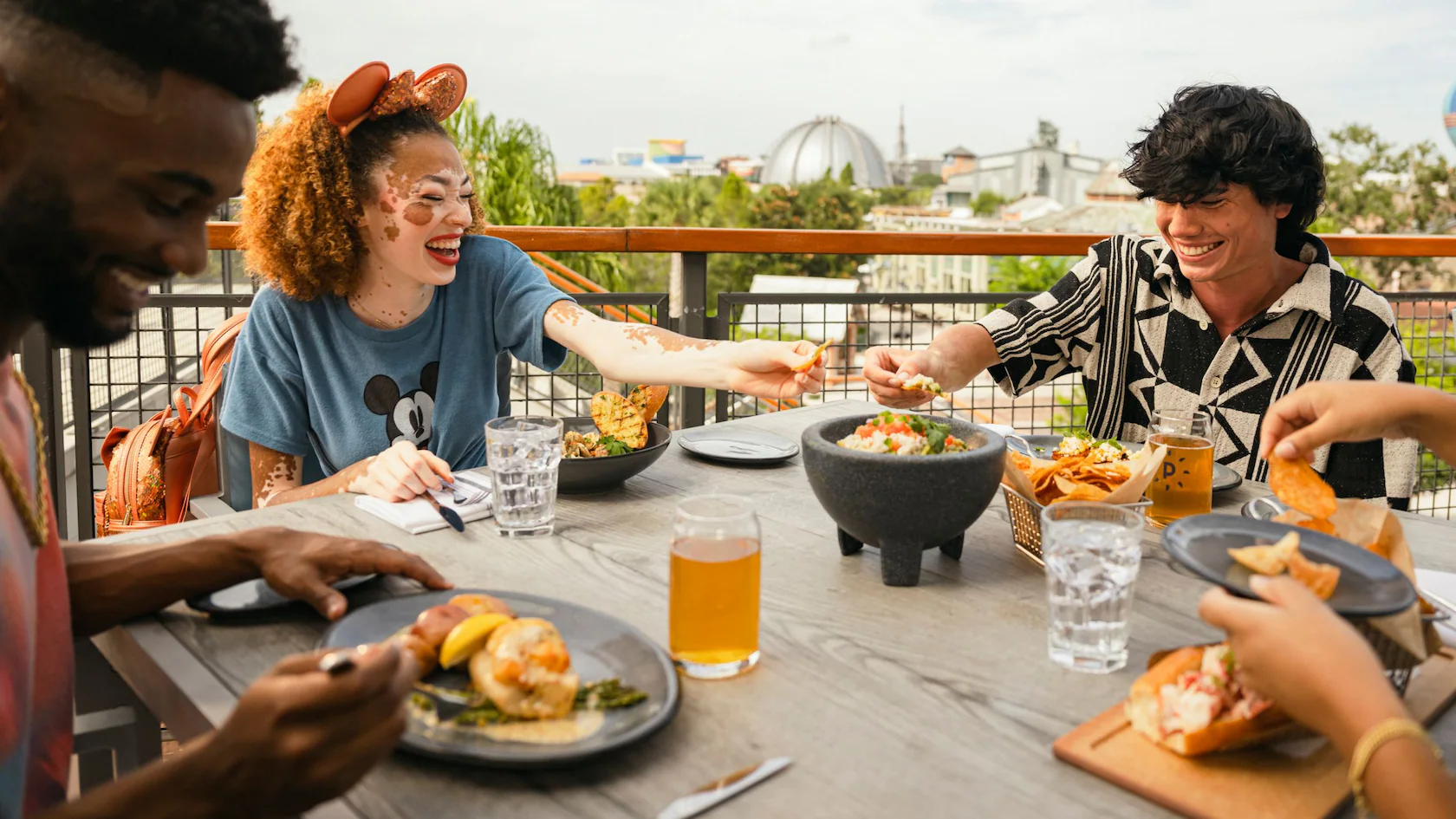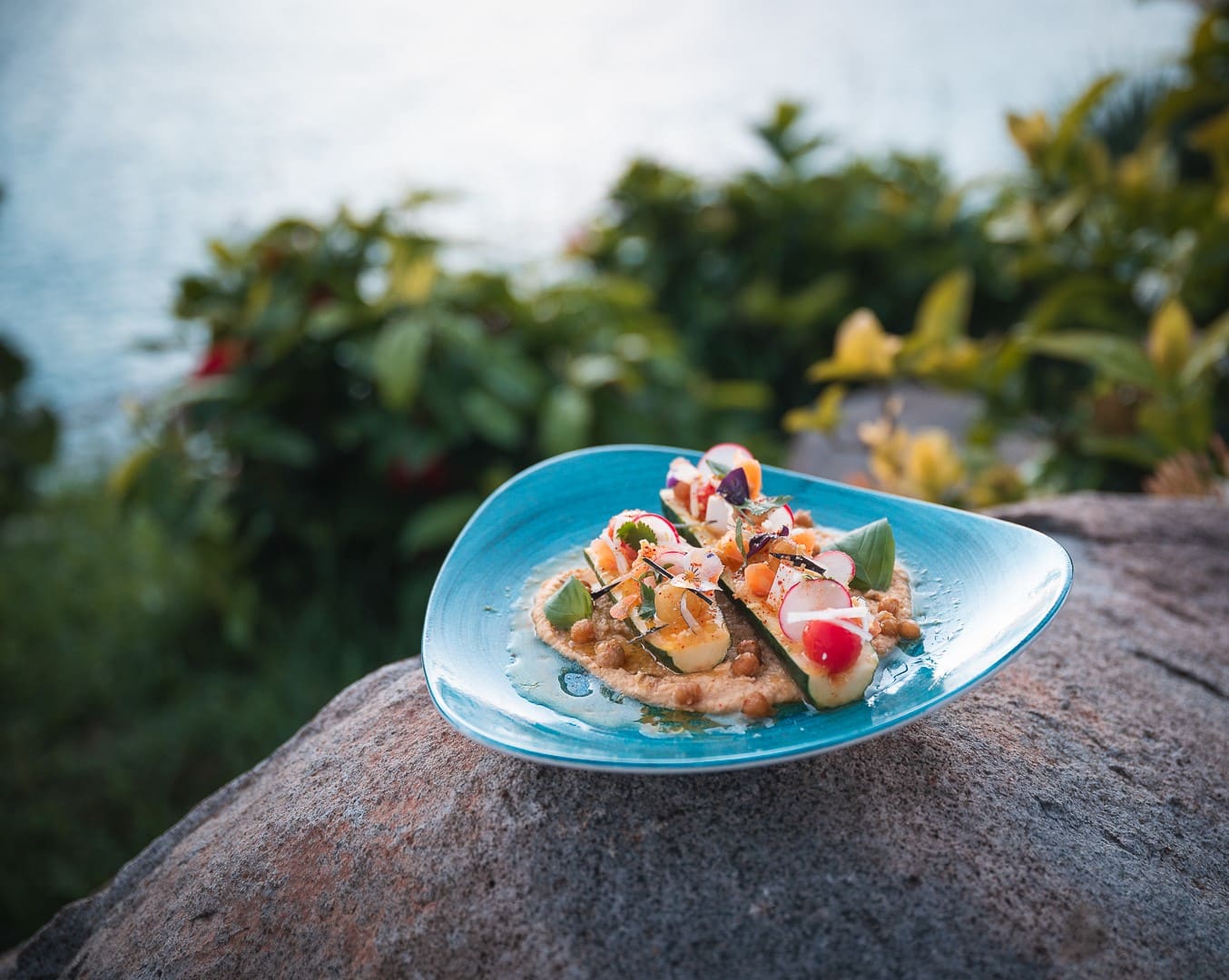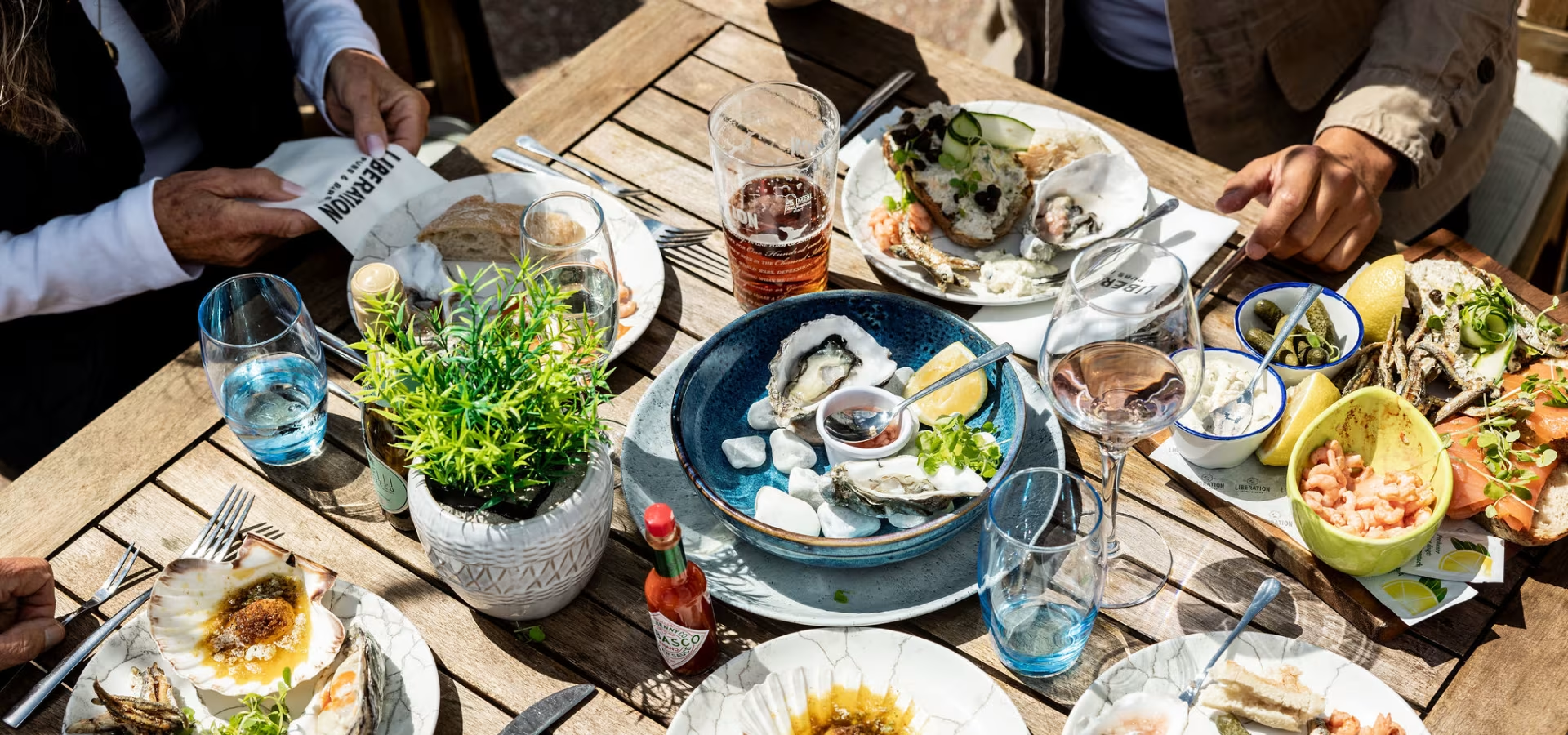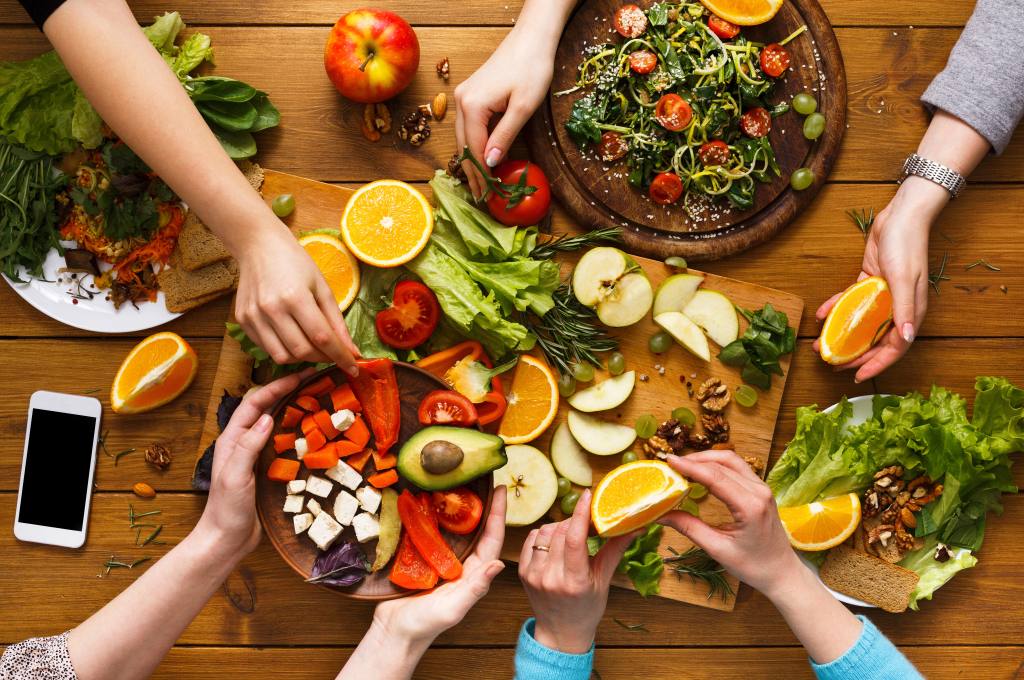The Taste of Joy: How Food and Recreation Bring People Together

Food has always been more than a basic necessity—it’s a cultural experience, a social connector, and a source of happiness. In today’s busy and often digital world, food-centered recreation has emerged as a favorite pastime for people of all ages. Whether it’s trying out new recipes, attending food festivals, or exploring global cuisines, the combination of food and leisure represents one of the most enjoyable and universal human experiences.
This article explores the growing connection between recreation and food, the ways it brings people closer, and how it continues to shape modern lifestyles.
Food as a Universal Language
Every culture speaks the language of food. Regardless of where someone comes from, sharing a meal creates instant connection. It is often said that “food brings people together,” and this couldn’t be truer in recreational settings.
Cooking and eating together allow individuals to learn about different traditions, flavors, and cooking techniques. For example, when friends gather for an international dinner night or a family hosts a weekend barbecue, the event becomes more than about eating—it’s about creating memories.
From sushi-making workshops in Japan to pasta-making classes in Italy, and even community potlucks in local neighborhoods, food-centered recreation bridges social gaps. It encourages people to share their culture, express creativity, and find common ground through the simple act of cooking or eating together.
The Rise of Culinary Recreation
In the past decade, there has been a massive rise in recreational cooking and food-related hobbies. People are no longer content with just eating out—they want to be part of the culinary process. The explosion of food television, online tutorials, and social media platforms has turned cooking into both an art form and a form of entertainment.
Recreational cooking allows people to escape their routines. It combines creativity, relaxation, and satisfaction all in one activity. When someone tries baking bread for the first time, making homemade pasta, or experimenting with exotic spices, they’re not just preparing a meal—they’re expressing themselves.
Moreover, cooking together as a recreational activity strengthens relationships. Couples take cooking classes as a fun date idea, families bond over weekend meal prep, and friends hold “cook-offs” to challenge each other’s creativity. These experiences transform kitchens into playgrounds of flavor and joy.
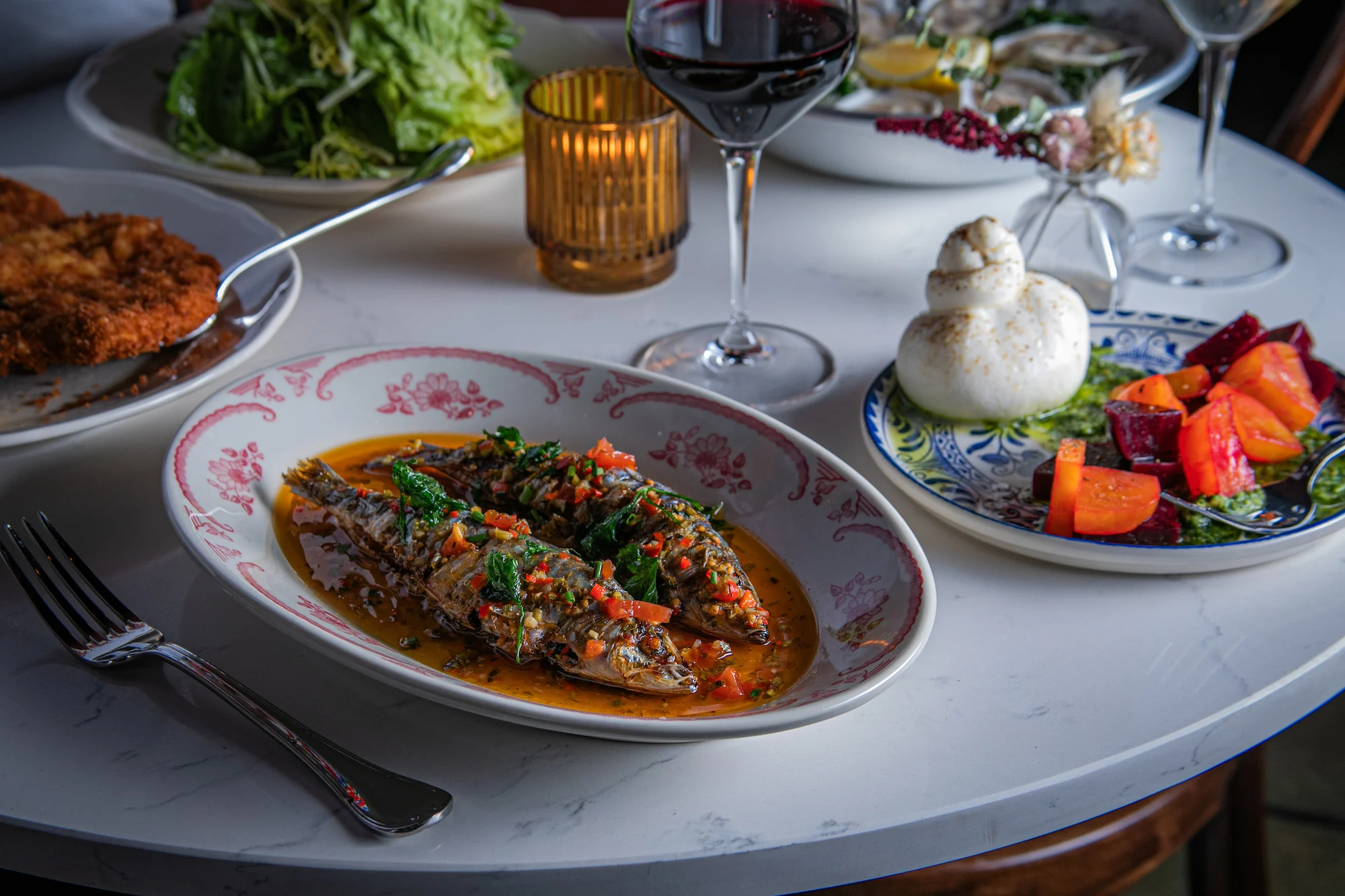
Food Tourism: Traveling Through Taste
Another exciting blend of food and recreation is culinary tourism—traveling specifically to experience local cuisines. Today’s travelers are as interested in what they eat as where they go. Exploring food markets in Bangkok, wine-tasting in France, or learning how to roll sushi in Tokyo adds depth to any travel experience.
Food tourism provides an authentic glimpse into a culture’s identity. Local dishes reflect a region’s history, geography, and traditions. For instance, Spain’s tapas culture emphasizes sharing and conversation, while India’s diverse curries represent its regional variety and spice trade history.
Many destinations have built entire industries around food experiences. Cities like Barcelona, Bangkok, and Istanbul offer guided culinary tours where tourists can explore street foods, visit local farms, and learn traditional recipes. This kind of recreation turns dining into an adventure—one that engages all the senses.
Food Festivals and Community Events
Nothing celebrates the joy of food and recreation quite like a food festival. These lively gatherings attract thousands of visitors eager to taste, learn, and enjoy. From local farmers’ markets to international gourmet festivals, these events highlight culinary creativity while fostering community spirit.
Food festivals are not just about tasting—they’re about discovery. Visitors can attend cooking demonstrations, watch live competitions, meet chefs, and sample foods they’ve never tried before. Popular examples include the Taste of Chicago, the Melbourne Food and Wine Festival, and the Pizza Festival in Naples.
Even smaller events, such as chili cook-offs, vegan fairs, or cultural food days at schools, capture the same excitement. They encourage local businesses, promote sustainable food practices, and strengthen social bonds. Food, in this context, becomes a celebration of both culture and togetherness.
The Therapeutic Side of Cooking
Recreational cooking is also a form of therapy. Studies have shown that cooking can reduce stress, improve mood, and promote mindfulness. The repetitive motions of chopping vegetables, kneading dough, or stirring a sauce can have a calming, meditative effect.
Cooking encourages focus and creativity, pulling people away from digital screens and into the present moment. The process of turning raw ingredients into something delicious provides a sense of accomplishment. For many, it’s a way to unwind after a long day and to express care for themselves and others.
In recent years, culinary therapy has even gained attention in mental health and rehabilitation programs. Group cooking sessions are used to teach cooperation, patience, and confidence—skills that extend far beyond the kitchen.
The Influence of Social Media and Food Culture
Social media has turned food into a form of global recreation. Platforms like Instagram, TikTok, and YouTube have created entire communities around recipes, food challenges, and visual presentation. A well-plated dish or a creative recipe video can attract millions of viewers worldwide.
While some may argue that “foodstagramming” focuses too much on appearance, it also inspires creativity and connection. People share family recipes, promote cultural dishes, and motivate others to cook at home. The online food community has made cooking more accessible, helping beginners learn from experts and encouraging experimentation.
Food influencers and vloggers have also changed how people explore food. Watching travel vloggers try local dishes in faraway countries introduces audiences to new tastes and cultures, sparking curiosity and wanderlust.
Sustainability and Conscious Eating
A growing number of people now see food recreation as an opportunity to live more sustainably. Cooking at home, visiting farmers’ markets, and growing one’s own herbs or vegetables are all recreational activities that support environmental awareness.
The “farm-to-table” movement, community gardens, and food education programs are teaching individuals to appreciate where food comes from. Recreational cooking can also inspire people to reduce waste by reusing ingredients creatively or by supporting local food producers.
This mindful approach transforms cooking and eating into meaningful acts that align with both pleasure and responsibility—making food recreation not only fun but also ethical.
Food as Connection and Celebration
Whether it’s a family dinner, a picnic with friends, or a cooking competition, food is at the heart of many social experiences. It creates a sense of belonging and joy. Sharing a meal is one of the oldest human traditions—it breaks down barriers and strengthens bonds.
Even in multicultural societies, food serves as a unifying force. It invites people to explore diversity through taste. A simple act like sharing homemade dishes during a festival or community event celebrates unity in diversity.
In every culture, food is tied to celebration. Birthdays, weddings, holidays—all revolve around shared meals. Recreational food activities keep these traditions alive while adding creativity and excitement to everyday life.
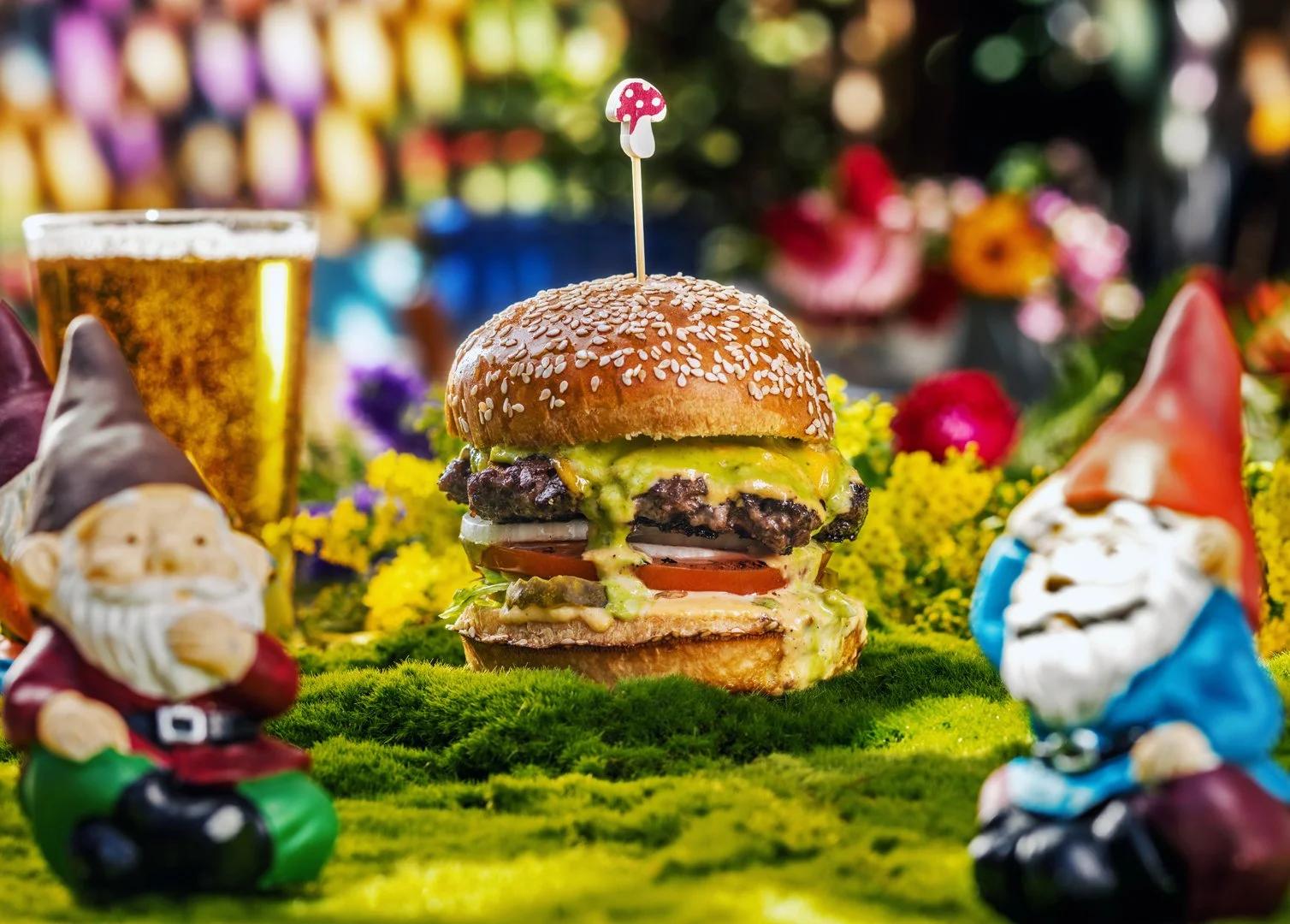
Conclusion: The Joy of Eating and Living
Recreation and food together represent one of the most beautiful aspects of human experience. They combine pleasure, creativity, culture, and connection in ways that few other activities can. Whether it’s cooking a meal from scratch, traveling for new flavors, or simply enjoying a Sunday brunch with friends, food has the power to nourish both body and soul.
In an age where people crave meaningful experiences, food-based recreation reminds us of life’s simple joys. It invites us to slow down, savor the moment, and celebrate togetherness—one bite at a time.
As the world continues to evolve, the joy of food will remain timeless, reminding us that happiness often begins with something as simple as a shared meal.

